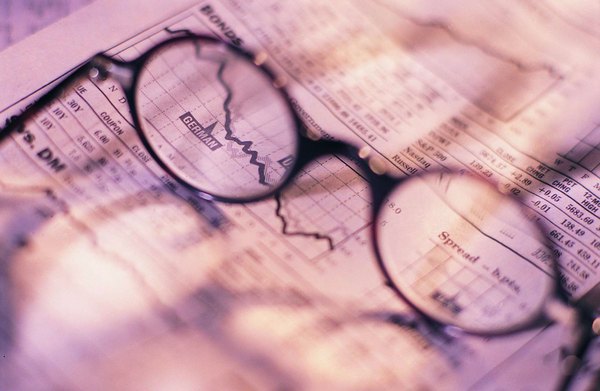Default Risk Premium Calculation
The default risk premium is also referred to as the market risk premium.
Digital Vision./Photodisc/Getty Images
Investments are priced in the market based on risk. The riskier a particular asset, the greater the required return. The capital asset pricing model is used to help calculate an intrinsic value, or price, for a security. Analysts can then compare the model price to the market price to see if the asset is undervalued or overvalued. The default risk premium is used to assign a relative risk rating to a particular asset. The default risk premium is calculated by subtracting the rate of return for a risk-free asset from the rate of return of the asset you wish to price.
Tip
You can calculate the default risk premium by subtracting a risk-free asset's rate of return from the return rate of the asset you are attempting to price.
Default Risk Premium Formula
As mentioned previously, the default risk premium is derived using the rate of return for a risk-free asset and the rate of return of the asset you wish to price, with the former being subtracted from the latter. The risk-free rate is based on an asset with no risk. This is generally assumed to be Treasury bonds as they are backed by the U.S. government. The default risk premium is the amount over and above the rate for Treasury bonds that the investor would like to earn on an investment.
Treasury Bills and the Risk-Free Rate
To find the current risk-free rate you must look up the current rate paid for U.S. Treasury bills. This is used as a proxy for an investment security with no risk of default. The U.S. Department of the Treasury website provides daily rates. You will want to use the rate associated with a Treasury bill that has a similar maturity as your investment horizon.
Average Market Return
The average return on the market can be a little tricky to determine, but it is a commonly referenced and calculated number due to to its use in the capital asset pricing model. Analysts generally use an average over the past 80 years to obtain a historical value. According the Stern School of Business at New York University, the arithmetic mean from 1928-2012 is 11.26 percent.
Calculate Default Risk Premium
The default risk premium is calculated by subtracting the risk-free rate of return from the average market return. For this example, assume the risk-free rate is 5 percent and the average market return is 11.26 percent. Identify the default risk premium using the following calculation:
11.26 percent - 5 percent = 6.26 percent
This means an investor needs a premium of at least 6.26 percent to make up for the increased risk associated with this investment.
References
Writer Bio
Sharon Barstow started her career in investment banking and then crossed over to the world of corporate finance as a financial analyst. She specializes in banking and corporate finance topics to include treasury management, financial analysis, financial statement analysis, corporate finance and FP&A. In addition to writing, she is the co-owner of a small dog bakery in rural Ohio.

